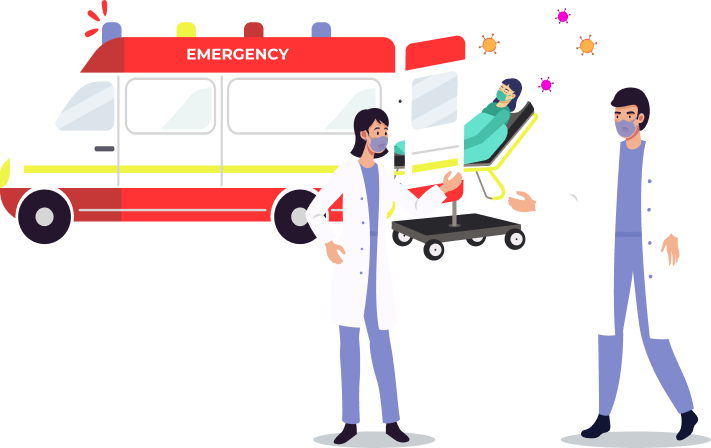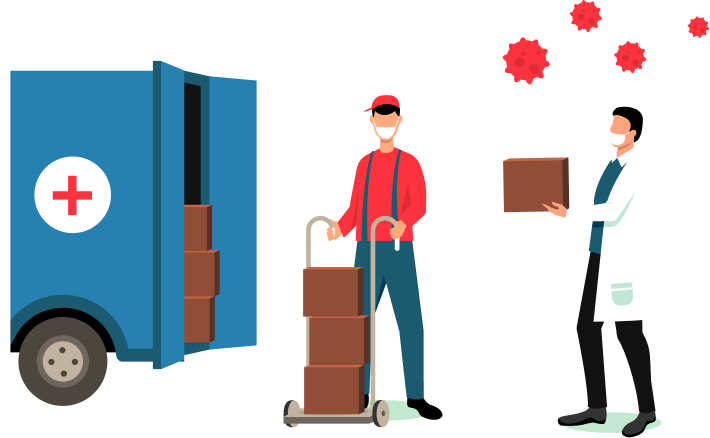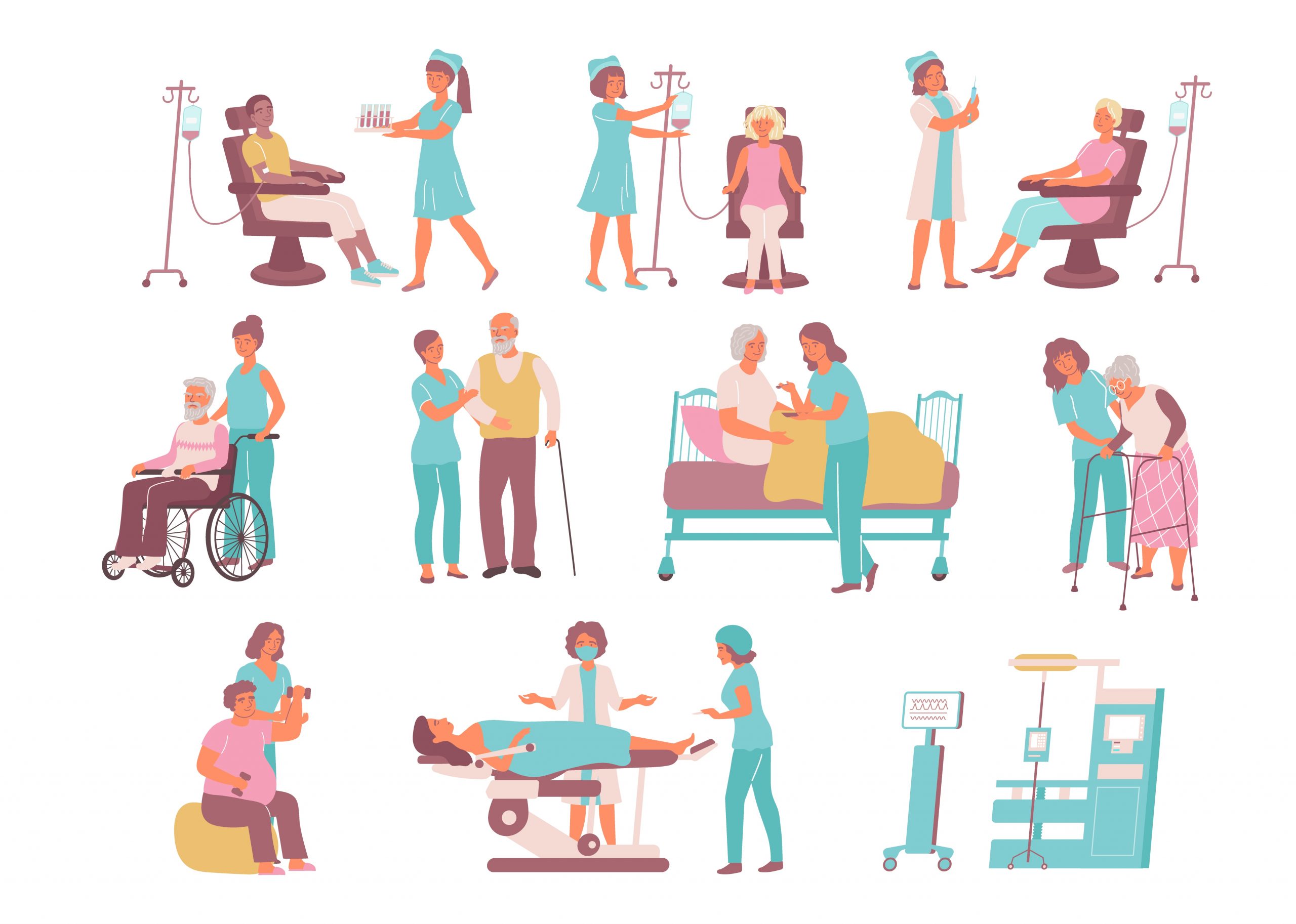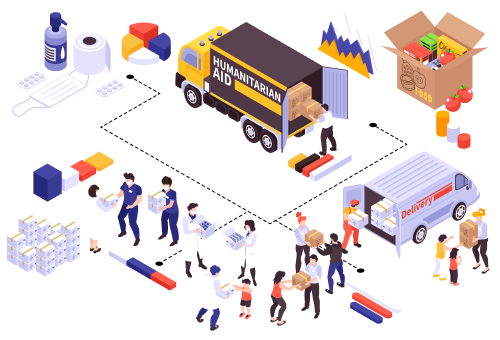Ambulance Tracking: Real-time GPS tracking of ambulances to minimize response times and optimize routing.
Emergency Dispatch: Prioritize and allocate ambulances based on proximity and availability.
Critical Equipment Monitoring: Track onboard medical equipment, such as defibrillators and oxygen supplies, ensuring readiness.
Patient Transfers: Optimize routing for transferring patients between hospitals or care facilities.
Disaster Response: Efficiently deploy fleets during mass casualty events or natural disasters.

Open telematics solutions ensure ambulances are optimally deployed and equipped for emergencies. Real-time tracking, combined with predictive analytics, reduces response times. IoT integration, such as monitoring medical equipment status, enhances preparedness and operational efficiency.

Temperature-Sensitive Deliveries: Ensure safe transport of vaccines, medicines, and biologics with temperature-controlled vehicles.
Inventory Tracking: Monitor the delivery of medical supplies to clinics, pharmacies, and hospitals.
Regulatory Compliance: Maintain detailed records of pharmaceutical transportation to meet healthcare regulations.
Efficient Route Planning: Optimize delivery routes to ensure timely distribution while reducing fuel costs.
Emergency Restocking: Deploy fleets quickly to replenish critical drugs during shortages or crises.
Open telematics helps maintain the integrity of pharmaceutical supply chains by equipping vehicles with temperature monitoring systems. IoT-enabled sensors provide real-time alerts for temperature deviations, ensuring compliance and minimizing losses.
Remote Patient Care: Deploy mobile healthcare units to serve rural or underserved areas.
On-Site Diagnostics: Transport diagnostic equipment, such as imaging or blood test kits, to patient locations.
Vaccination Drives: Coordinate fleets for large-scale vaccination campaigns.
Home Care Services: Manage fleets for nurses, caregivers, or doctors visiting patients at home.
Health Screenings: Use mobile units to conduct community health checkups or screenings for chronic conditions.

Open telematics optimizes mobile healthcare units by ensuring efficient routing and maximizing patient coverage. Tracking tools provide insights into fleet utilization, while IoT sensors monitor the availability of medical supplies and equipment.

Patient Transportation: Safely transport patients to hospitals, clinics, or rehabilitation centers.
Special Needs Services: Provide vehicles equipped for wheelchair access and other mobility aids.
Elderly Care Transport: Manage transportation for elderly patients to ensure timely medical appointments.
Scheduled Pickups: Coordinate regular transportation for dialysis or chemotherapy patients.
Fleet Optimization: Ensure high vehicle utilization and minimize wait times for patients.
Open telematics enhances scheduling and route optimization for non-emergency medical transport. Real-time updates ensure timely pickups and efficient patient transport. IoT solutions improve patient comfort and safety by monitoring vehicle conditions during transit.
Medical Equipment Delivery: Ensure timely transport of surgical tools, diagnostic machines, and other medical devices.
Blood and Organ Transport: Manage fleets for the urgent delivery of blood, plasma, or donor organs.
Hospital Inventory Management: Coordinate the delivery of beds, PPE, and other medical supplies to healthcare facilities.
Hazardous Waste Disposal: Transport medical waste safely and in compliance with regulations.
Staff Shuttle Services: Provide transportation for healthcare workers, particularly during emergencies.

Open telematics ensures the timely and safe delivery of critical supplies and equipment to hospitals. Routing and tracking systems help prioritize urgent deliveries like organs or blood. IoT integration, such as temperature and vibration monitoring, ensures the safe transportation of sensitive items.

Copyright 2024 @ Envisage. All rights reserved.
